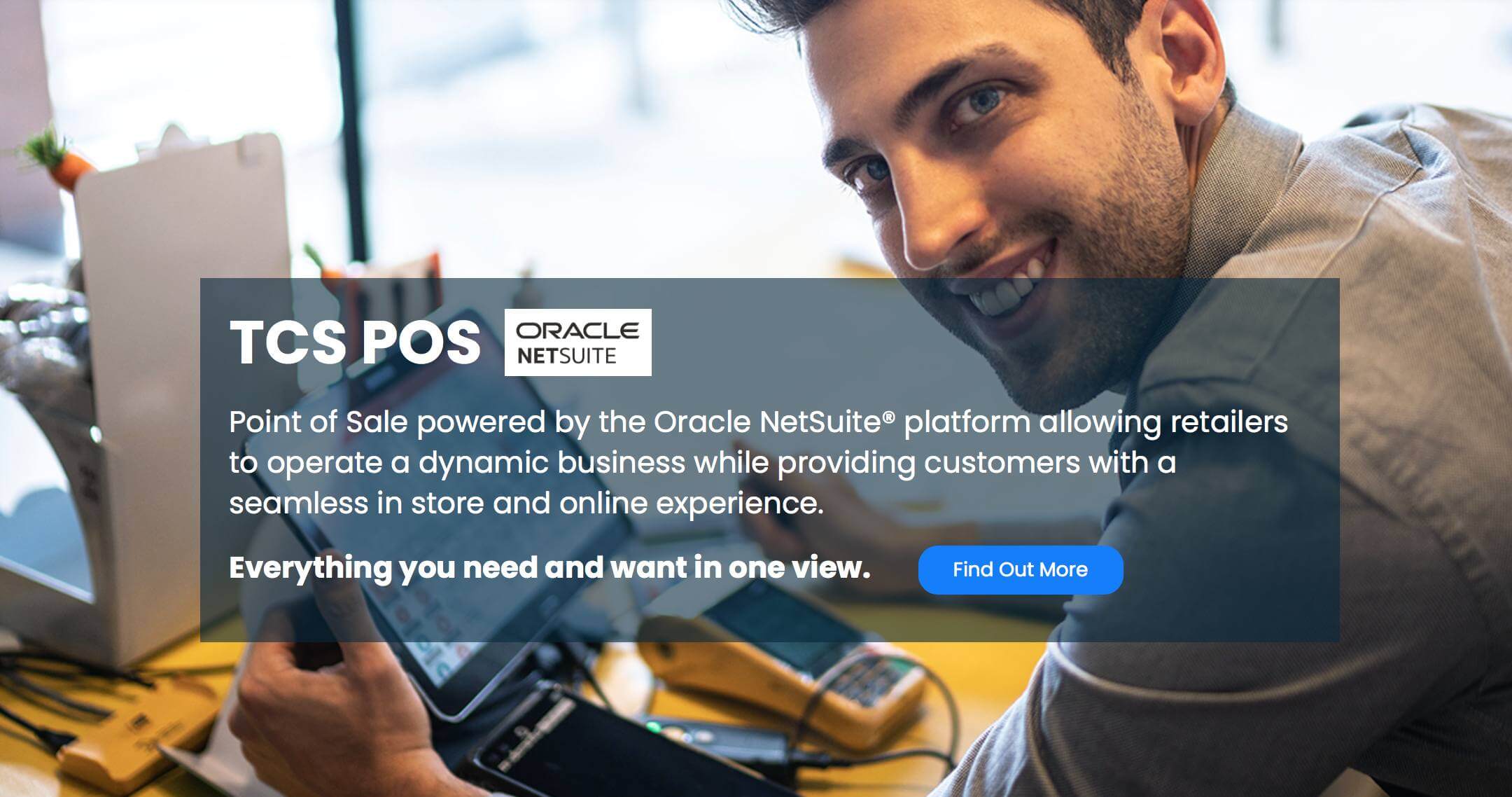Australian Retail Executives Out of Touch with Consumer Expectations, Survey Finds
Posted by David De Laine, GM ANZ, Oracle NetSuite
Australian retail executives don’t understand their customers—or their customers’ expectations—nearly as well as they think they do, according to research conducted by Oracle NetSuite in partnership with Wakefield Research and Bob Phibbs, the Retail Doctor.
The global study of 1,200 consumers and 400 retail executives across the U.S., U.K. and Australia found a huge disconnect between shopper demands and what retailers deliver across a wide range of offerings in the retail environment. Significantly, the Australian responses found the greatest disconnect around in-store shopping plans, social engagement and staff interaction.
The results offer numerous warnings to retail executives about their plans for investments in retail stores, technology, customer services and marketing.
In-store vs. online
For example, while 54 percent of Australian retail executives believe that consumers will do more in-store shopping in 2019, only 33 percent of consumers agreed. However, some in-store investments seem to have paid off, with 57 percent of Australian respondents believing that the retail environment is more inviting than it was five years ago. More can still be done, however. Australian consumers still crave simplicity in-store; 41 percent of respondents cited simpler store layouts as a reason to go to a physical store vs. online, the highest of any available choice in the survey. Similarly, 67 percent believe the most appealing retail stores have features that simplify and streamline the shopping experience.
Leave me alone
There’s also a disconnect between how consumers want to be treated once they get in the store and how retail executives think they want to be treated. Among executives, 87 percent believe that consumers would feel more welcome if in-store staff interacted with them more. Less than half (46 percent) of Australian consumers agree, with 29 percent noting they would feel more annoyed. Similar results can be found online, where 48 percent of Australian consumers never use AI-assisted chat windows, and only 4 percent opt to use them all the time, according to the survey. Indeed, the top technology advancements that Australian consumers want to utilize when shopping in-store of online are self-checkout kiosks (30 percent), VR try-on (26 percent) and mobile payments (14 percent). Only 1 percent of Australian consumers want to utilise robots and chatbots while shopping.
Not so social
Retail executives looking to social media to help bridge the gap may be disappointed as well. According to the survey, 100 percent of Australian retail executives think that engaging with customers on social media is important to building stronger relationships with them. Yet, only 10 percent of Australian consumers think it has a significant impact on the way they think or feel about a brand and 35 percent said they don’t interact with brands at all on social media.
Making it personal
The results of the survey do offer promise for retail executives, provided they can do it well. Almost half of Australian consumers (40 percent) said they would pay more for improved personalisation, but only 3 percent of Australian retail executives fully believe that their staff has the tools and information needed to give consumers a personalised experience. Currently, 85 percent of Australian consumers do not feel they are provided with a personalised shopping experience both in-store and online and 58 percent of Australian consumers are uncomfortable with the way retailers use technology to improve personalisation in-store. When it comes to online personalization, 83 percent feel negative emotions when they receive personal offers there.
Wait and see with hot new technology
The survey findings also suggest caution when it comes to buzzword-worthy technology. While 78 percent of Australian retailer executives believe having AI and VR in stores will increase sales; only 14 percent of Australian consumers believe the technologies will have a significant impact on their purchase decisions.
For more details on the findings, including breakdowns by region and generation, see the full report The Future of Retail.


